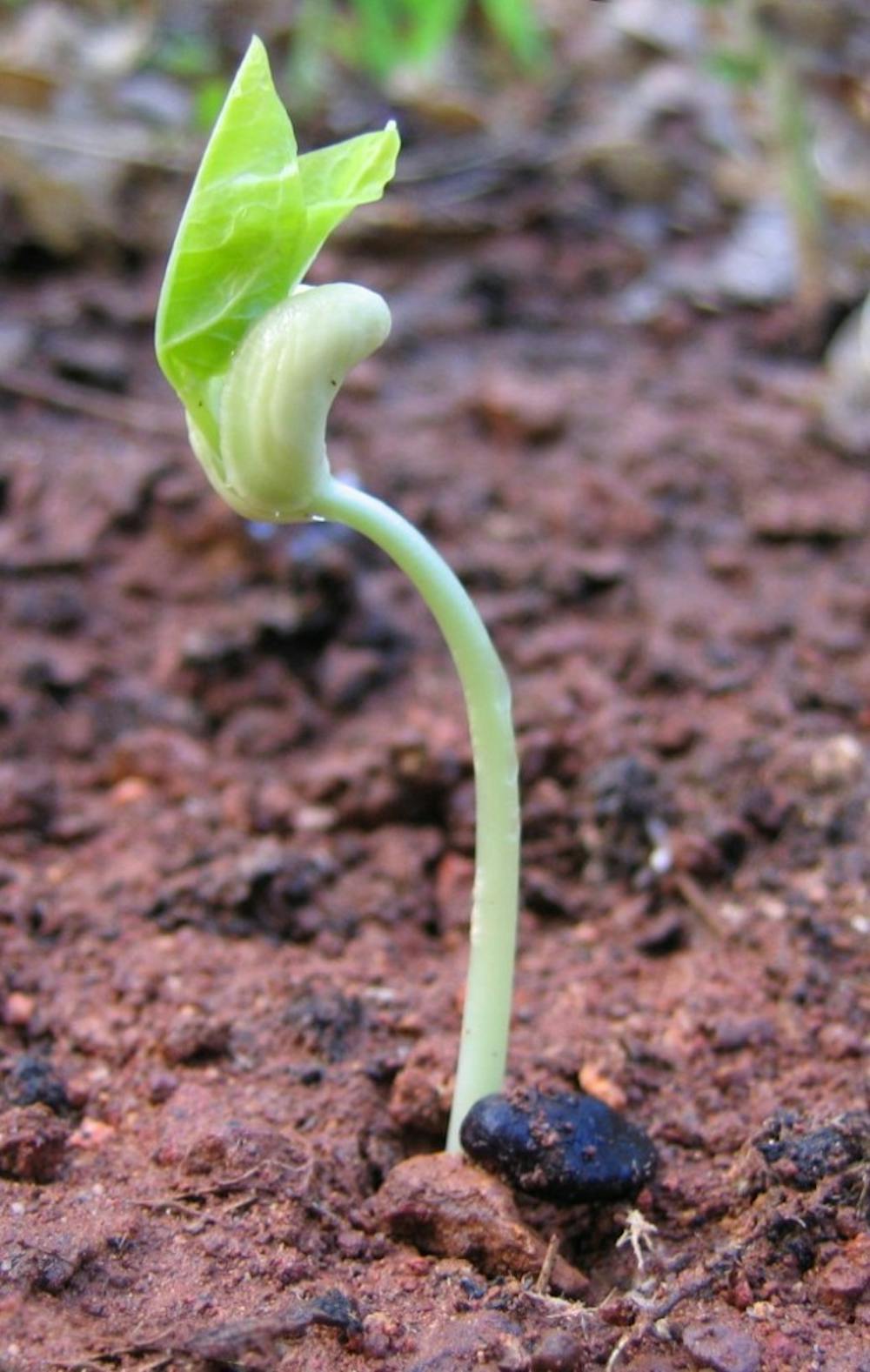Recently, researchers at the Wageningen University and Research Center in the Netherlands found that they were able to grow 10 different crop species in soil samples designed to simulate Mars and the moon. The crops included common vegetables like tomatoes, peas, rye, garden rocket (arugula), radishes and garden cress.
“The total above ground biomass produced on the Mars soil simulant was not significantly different from the potting compost we used as a control,” Dr. Wieger Wamelink, one of the researchers working on the project, said in a press release.
Their team was pleased with these findings, as its main project is to provide the basis for growing crops on Mars and on the moon in order to feed future settlers in those regions.
The experiment started in 2013 when the team created soil simulants that closely mimicked the soils that were found on Mars and the moon, which were provided to them by the NASA. The plants that were grown in the Mars soil simulant seemed to be growing well, but the ones in the lunar soil simulant died shortly after germination.
In 2015, the team decided to start a new experiment and improve upon the design of the first investigation. The researchers used trays instead of small pots and added organic material, like freshly cut grass, to enrich the Mars and moon soil simulants. In doing so, the team eliminated the problem of watering the crops that was present in the first experiment. Additionally, manure was added to the soils to enhance crop growth. As a result, the moon soil simulant showed substantial improvement. While most plants in the moon simulant had died during the first round of investigation, the second-round moon simulant plants flourished and harvested as well as those in the Mars soil simulant and the Earth soil control.
The Mars simulant crop production differed only slightly from the Earth control, only because one tray showed less growth than all the others. The results were not significantly different between the experimental and control groups, which suggests that the Mars soil has the potential to grow crops if it is properly utilized. In comparison, the moon soil simulant had significantly different growth, as only half of the control group’s biomass was produced in the moon soil simulant.
While the crop yield has improved since the first experiment, the crops themselves may not actually be edible.
“The soils contain heavy metals like lead, arsenic and mercury and also a lot of iron. If the components become available for the plants, they may be taken up and find their way into the fruits, making them poisonous. Further research on this is necessary and that is one of the reasons why a crowdfunding campaign has been started to finance the third experiment that will be all about food safety,” Wamelink said.
The team is planning on starting the third experiment this April. This time around, they plan on growing a new batch of crops, including potatoes and beans.





